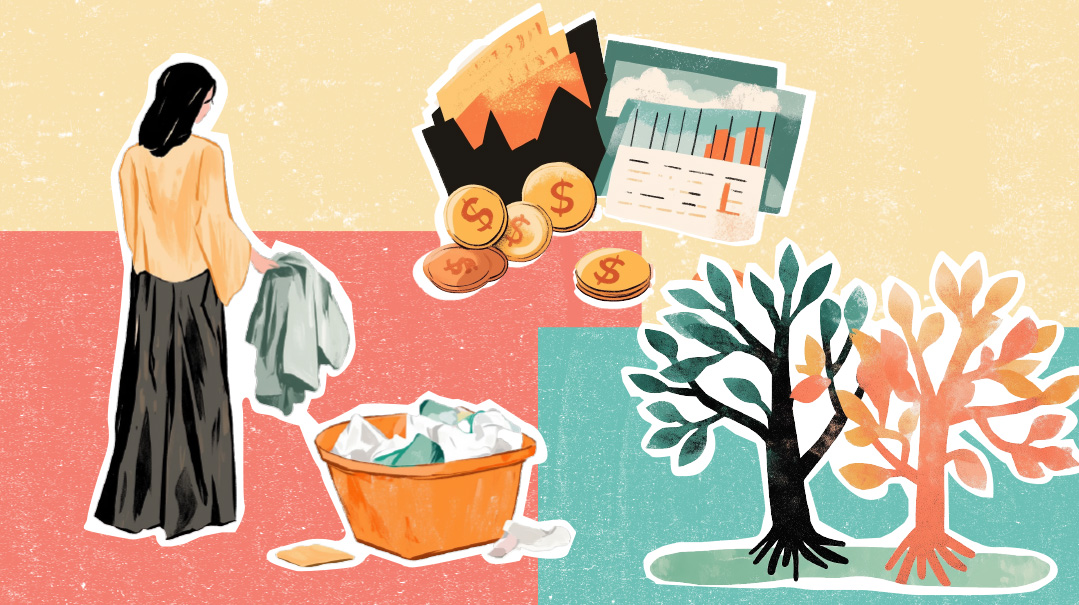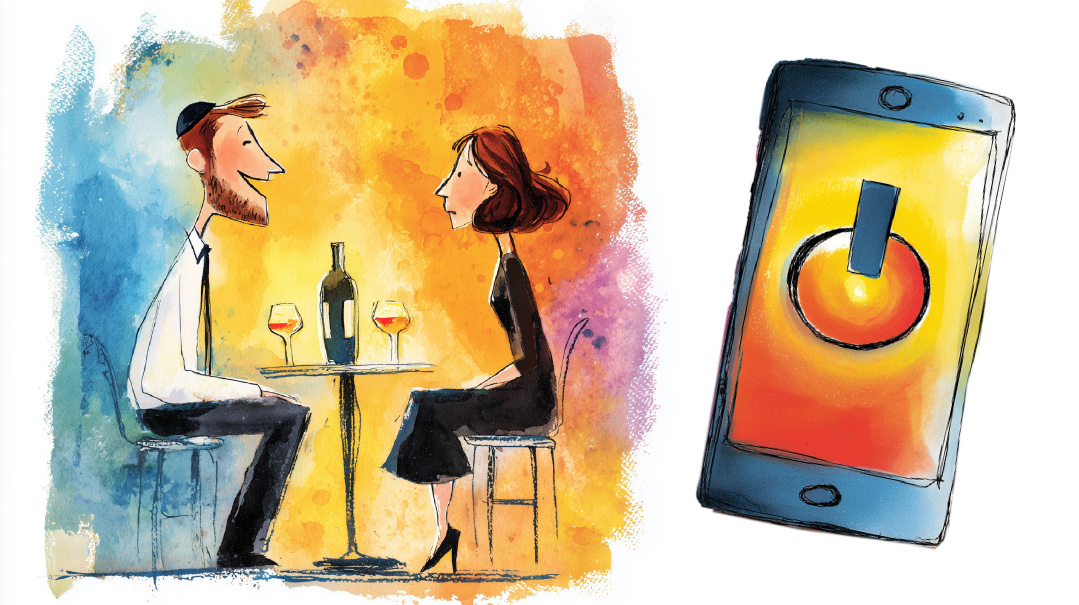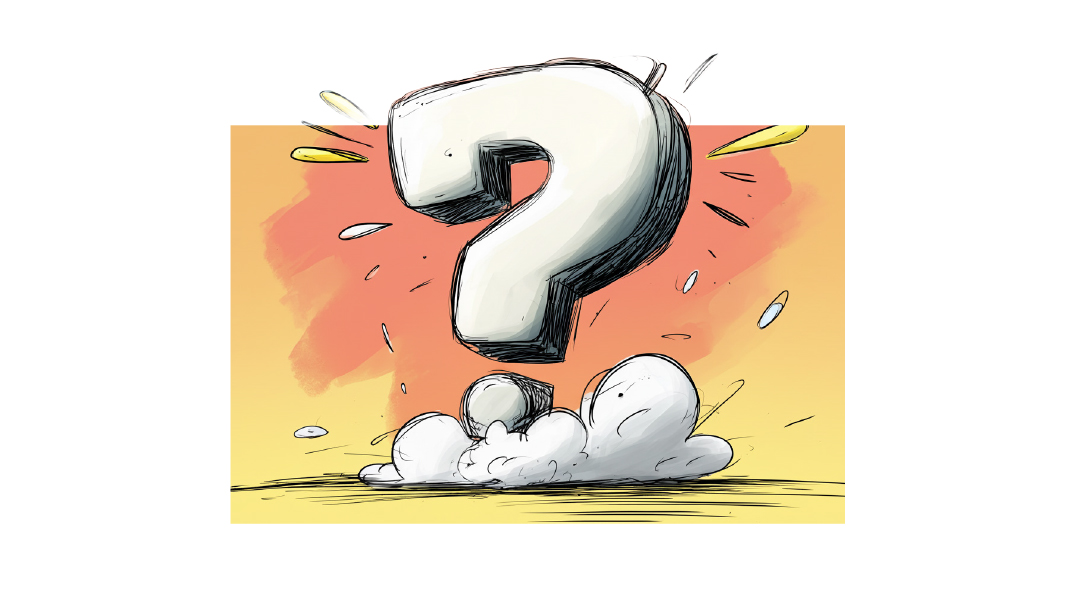Color Your Activities
| March 18, 2025Using the Solve-it Grid can help us get things done

Color Your Activities
Hadassah Eventsur
Generally, the more fun and stimulating a task is, the less “emotional energy” you need to complete it. If you have ADHD or are neurodivergent, you likely have difficulty managing your emotional energy expenditure when completing daily activities.
Using the Solve-it Grid, created by ADHD expert Dr. Tamara Rosier, can help with this. The Solve-it Grid consists of four colored quadrants: red, green, yellow, and blue. Each color represents the type of activity that we need to complete — type being determined by how fun and emotionally stimulating the category of activities are.
The red quadrant represents activities that aren’t fun, but are emotionally stimulating.
When we tackle tasks in this quadrant, we work ourselves into a heightened emotional state to complete them, often as a result of having procrastinated doing them in the first place. At first, it can feel energizing to have this adrenaline rush, but operating for too long in this quadrant is exhausting and comes at a great cost to our bodies and minds. If you’re fixated on red-quadrant activities, pause and become mindful of your body’s present state. Allow yourself to take a break and notice when the last time you ate, drank, moved, or breathed intentionally was. If it’s been a while, make sure to tend to these basic needs.
The next quadrant is the yellow quadrant. In this quadrant are activities that aren’t emotionally stimulating or fun. We’re talking about more boring and repetitive tasks like dishes and laundry. If you have ADHD, you likely struggle to motivate yourself to complete these types of activities. In this situation, try to employ motivational strategies to make yellow-quadrant tasks more tolerable. Use a timer and see if you can accomplish a task within a certain amount of time. Listen to a shiur, podcast, or music while doing dishes. Try dancing and singing as you fold your laundry. The more you create opportunities for fun and stimulation with yellow-quadrant activities, the more motivated you’ll be to complete them.
The next quadrant is the blue quadrant. In this quadrant are fun but low-emotionally stimulating activities. This quadrant gives our busy brains time to relax and allows for calm entertainment. Blue activities include shopping online, relaxing on the couch with a magazine, and taking a bath. Operating within this quadrant for a healthy amount of time recharges our emotional batteries. Too little blue-quadrant activity makes us anxious and desire play and rest. Too much blue-quadrant activity makes us sluggish and resistant to accomplishing things. Just like with food, when we get beneficial types of blue-quadrant activities in a healthy amount, our batteries are recharged. When we snack and gorge on unhealthy food, our batteries are slower to replenish. The way to tell if you are spending too much time doing blue-quadrant activities is to pay attention to your energy level afterward. If you find yourself depleted, it’s time to move yourself to a different quadrant.
And finally, the green quadrant includes activities that are fun and emotionally stimulating. This quadrant gives us space to build relationships, reflect on our growth, be creative, and enjoy our lives. Some examples of green activities are spending time with family, hiking, or attending a shiur. It’s natural for us to want to spend time in the green quadrant, but many of us don’t. We feel that we don’t deserve it, didn’t earn it, or don’t have time. The avodah of this quadrant is to work on being mindful and present, so that you can enjoy your life experiences, grow, and create lasting memories.
When you become more aware of how daily activities affect your emotional energy battery, you’re more likely to see an improvement in productivity, energy levels, and overall emotional health.
Hadassah Eventsur MS, OTR/L, is an occupational therapist, certified life coach, and founder of MindfullyYou to support women struggling with executive functioning
The Way to Go
Abby Delouya
Codependence is a real buzzword in frum literature, but interdependence, its healthy opposite, doesn’t get as much stage time.
Interdependence describes a state where spouses recognize the importance of a close, responsive, and connected bond, while still maintaining a solid sense of self in the relationship. Interdependence is the balance between an overinflated sense of independence and a reluctance to lean on others for emotional support, and codependence, which describes a situation where the lines between individuals are blurred, with no ability to distinguish where one spouse ends and the other begins. Codependent relationships don’t allow room for autonomy and individual expression and are often accompanied by feelings of guilt and shame in the relationship.
By contrast, interdependent relationships allow for healthy boundaries, active listening, time for individual interests, personal responsibility, and a safe space to be vulnerable, open, and approachable with each other. Each partner has the space needed to make decisions in the relationship without fear. Both spouses recognize that each partner is working to be present and meet the other’s needs in a meaningful way.
Maintaining interdependence starts with each individual getting to know themselves. What are your wants, needs, fears, hobbies, and goals? With this self-knowledge, it’s easier to be autonomous. When each individual is well differentiated, they are able to express their needs in the relationship and build on that mutual understanding and connection for enhanced closeness.
Abby Delouya RMFT-CCC, CPTT, is a licensed marriage and family therapist in private practice with a specialty in trauma and addiction. She’s also the Director of Intake and Care Management at Ray of Hope.
Sure It’s an Investment?
Tsippi Gross and Rivky Rothenberg
How often do we hear someone talk about “investing” in a new couch, dining room set, or winter coat? It sounds responsible, even wise. But is that really an investment?
An investment, by definition, is something that has the potential to grow in value or generate returns over time. Stocks, real estate, or even starting a business fall into that category.
Sometimes spending a bit more up front does save money in the long run. But let’s call it what it is: a thoughtful expense. When we blur the lines between expenses and investments, we risk justifying purchases that may not actually fit our financial priorities.
True investments build our financial future. They bring returns, stability, and growth.
Thoughtful expenses enhance our life in the present. Both have their place — but only when we know the difference.
Tsippi Gross is a business consultant and Rivky Rothenberg is a CPA. Together they started Ashir, a nonprofit that provides financial training for communities and families.
(Originally featured in Family First, Issue 936)
Oops! We could not locate your form.







